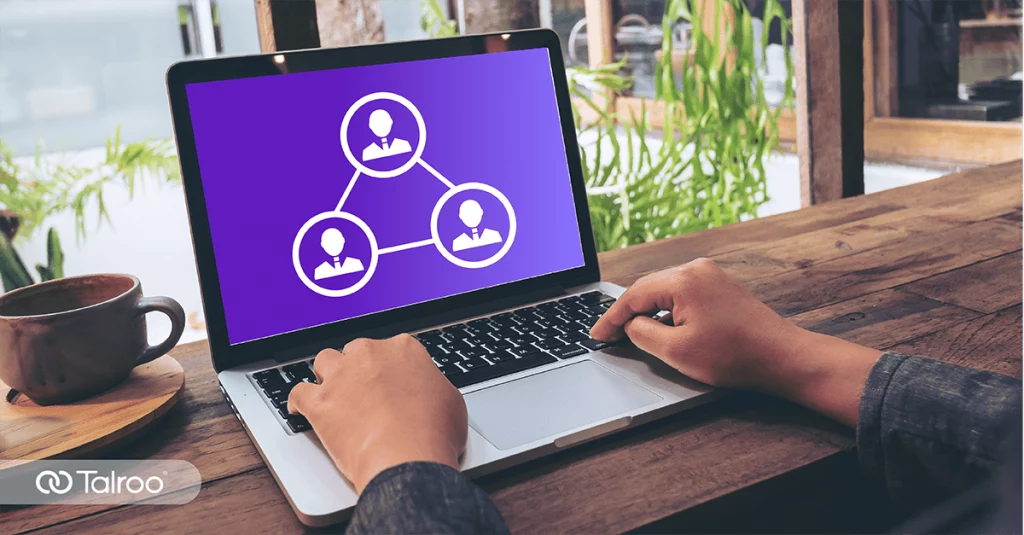
When you have to fill requisitions quickly, hiring in tight talent industries like healthcare can be uniquely difficult. In the current talent marketplace, it’s even more so. While many industries are scaling back recruiting efforts due to state mandates to curb the spread of COVID-19, healthcare recruiters are struggling to fill positions in a marketplace that already had a worker shortage. Recruiters are facing steep challenges in finding enough healthcare practitioners and support personnel to fill a sharp escalation in job openings.
As recruiters and hiring specialists, we have to be able to move swiftly, react even faster, and expand our reach to find a broader talent pool. In healthcare talent acquisition, we want to reach the right candidates to fill positions like nursing assistants, LPNs and home health CNAs.
How Automation Can Streamline High-Volume Healthcare Recruiting
The most effective way to streamline recruiting in healthcare is through automation. Here, we’ll cover seven ways to use automation to improve high-volume healthcare hiring.
Calendar scheduling tools
See if calendar scheduling tools are integrated directly into your ATS. Automating scheduling can make interview management a breeze for you and your hiring managers. These tools eliminate the back and forth of email or phone calls to set up interviews, and you can even set up candidate (and hiring manager) reminders for the interview time. It also allows candidates to choose a time in your scheduling window that works best for them, which is important when you want to appeal to passive candidates who may have to work around their current job’s schedule.
Video interviewing
Video interviewing can make your entire screening process more efficient and reduce time-to-hire significantly by reducing the number of your company’s hiring managers and your HR team that have to be present for interviews. Asynchronous interviews eliminate that need altogether, and two-way live interviews only need one person for the interview, which can be recorded and shared.
Video interviews are not only highly scalable, they also allow for more consistency in the hiring process with questions and scoring methodology that is the same for all candidates across the board. This also helps with performance tracking post-hire. After implementing video interviews into the hiring process, managers can go back and review top performers and see if their video responses had anything in common.
Virtual hiring events
A virtual hiring event takes place at a certain time on a specific channel. During the session, which works similarly to how webinars are structured, recruiters and job seekers meet in a virtual space via chat rooms, teleconferencing, webcasts, and/or text and email to exchange information about job postings. You can achieve the same results from an online hiring event as you could in person, without having to organize an in-house event.
Because you capture online registration for your event, using segmentation for registrants and attendees can help you target your email content, such as event reminders, FAQs, and event follow up. If your email platform integrates with your registration database or ATS, this can be fairly seamless.

Related article: How to Host Online Hiring Events.
High-volume hiring is challenging, especially when in-person events are put on hold due to health and safety concerns.
Chatbots
Chatbots, powered by artificial intelligence (AI) and armed with machine learning, can interact with humans and become increasingly agile with each interaction. Chances are you’re familiar with robo-assistants like Amazon’s Alexa, Apple’s Siri and Microsoft’s Cortana. If you’ve ever interacted with one of these tools, you were interacting with a chatbot.
These tools can support recruiting professionals with the human interactions common to the hiring process—receiving a resume or application, setting up times for interviews, conducting interviews, making an offer, receiving an accepted offer and beginning the onboarding process. Chatbots on your site or plugged into Facebook messaging can use your FAQs to respond to candidates and find out when and how to reach out to them personally.
Candidates frequently asked questions
This is a list of commonly asked questions you can supply to all job seekers. When developing this content, consider the most common questions your team gets from job seekers, whether by email, website submission form, by phone, or in person. Write your questions from your candidate’s perspective (e.g. “How do I…”) and answer from your business’s perspective (e.g. “You should…” or “We provide…”). Include the link to this page in your automated email response email to job seekers and use it to build and create content that supports those questions.
Automated on-boarding process
More organizations are using technology that not only supports online learning, but also allows them to set benchmarks, centralize company educational resources, and standardize onboarding training. You can begin with your onboarding paperwork, or the forms every employee must fill out like W-9s, to not only automate the process online, but move it ahead of formal onboarding into a “pre boarding” stage. These forms can be securely set up online and triggered by touchpoints in your new employee lifecycle. For example, once your new hire accepts the offer, you can trigger sending the contract online via a program like DocuSign. Once returned, the signed contract can be the trigger to send any other forms that must be filled out by new employees. When your hires are ready for day one of work, the task of filling out paperwork will already have been completed, saving you both time during the onboarding process.
Targeted job advertising to qualified candidates
By using data and targeting, intelligent algorithms can allow advertisers to exponentially improve the effectiveness of their recruitment marketing campaigns, particularly in the area of targeted reach. Intelligent algorithms are constantly learning, which means that the more you use them, the better they work for you. Programmatic is built on this concept, and it’s what Talroo does really well. For example, once your postings are ready, your targeted reach is projected based on audience size and geographic data. In real-time, automation can assess the efficacy of your campaign reach, make recommendations on what to adjust to improve reach, and optimize the performance of your campaign so that you’re getting more mileage out of every dollar in your advertising budget.
Job boards have been using programmatic ad buying to drive qualified candidates to specific job postings for years now. The difference is, with automation, those same programmatic tools are now available to you and your recruiting team. You can throw your budget at a CPC ad buy, but you’re literally throwing your money at a “post and pray” methodology. Programmatic technology lets you move past traditional advertising and automate your bidding, audience, reach and spend. Once you’ve identified your target audience and qualifying keywords, programmatic does the work of an advertising businesses manager.




